US, EU reach trade deal, eases transatlantic tariff tensions
The United States and the European Union have finalized a significant trade agreement, concluding months of challenging negotiations and preventing a possible rise in tariffs that could have jeopardized transatlantic economic ties.The agreement was finalized after high-level discussions between U.S. President Donald Trump and European Commission President Ursula von der Leyen at Trump’s Turnberry golf resort located in South Ayrshire, Scotland.
According to the terms of the agreement, the U.S. will enforce a lowered tariff rate of 15% on EU products, down from the 30% that Trump had previously threatened to impose. In exchange, the EU will offer American exporters tariff-free access to its market for a range of products.
Both leaders celebrated the accord as a significant diplomatic and economic achievement. “We have secured a deal. It’s beneficial for everyone,” Trump stated following their private meeting on Sunday. Von der Leyen also supported his view, describing it as a “major deal” after what she considered “difficult negotiations.”
The agreement features exceptions for essential sectors, including aerospace parts, certain chemicals, and selected agricultural items. Another agreement regarding semiconductor technology is reportedly under consideration.
Trump disclosed that the EU would also boost its investments in the U.S. by $600 billion—particularly in defense sectors—and promise an extra $750 billion in American energy imports. According to von der Leyen, this measure will assist the EU in decreasing its reliance on Russian energy via higher imports of U.S. liquefied natural gas, oil, and nuclear fuel over the next three years.
Nonetheless, tariffs on global steel and aluminum imports will remain unchanged at 50%.
French Minister for European Affairs, Benjamin Haddad, expressed approval for parts of the deal that protect certain French sectors but criticized the agreement as “unequal.” “It provides temporary stability, but it’s far from equitable,” he wrote on X.
Ireland’s Prime Minister Micheál Martin commented that the agreement rendered transatlantic trade “more costly and more complex” than before, while Germany’s Chancellor Friedrich Merz highlighted the need for “stable and predictable” trading relations. Italy’s Prime Minister Giorgia Meloni showed tentative support but noted she would examine the deal’s specifics.
The EU’s internal response has been cautious, with leaders recognizing the immediate advantages of the deal while questioning its long-term fairness.
Trump, who continues to leverage tariffs as a key element of his economic approach, promoted the agreement as a triumph for American workers and businesses. It follows similar agreements his administration has made with the UK, Japan, Indonesia, the Philippines, and Vietnam—although his initial target of “90 deals in 90 days” remains unachieved.
“This is a significant one,” Trump remarked, adding that the deal would bring the U.S. and EU “closer together.”
Analysts predict that the U.S. could yield up to $90 billion in new tariff revenue based on last year’s trade figures with the EU, which amounted to nearly $976 billion. In 2024, the U.S. imported $606 billion in goods from the EU and exported $370 billion, resulting in a deficit that Trump has consistently condemned as indicative of unfair trade behaviors.
Had the agreement not been reached, Trump’s proposed tariffs would have impacted a wide array of European exports, including medications from Spain, electronics from Germany, dairy products from France, and leather items from Italy. The EU had prepared retaliatory measures aimed at U.S. car parts, Boeing jets, and beef.
Despite the deal’s imbalanced terms, it is viewed as a relief for businesses on both sides of the Atlantic, many of whom had been preparing for an expensive trade conflict. While the EU has avoided stricter tariffs, the pact still places it at higher trade costs when compared to other U.S. partners such as the UK, which obtained a 10% rate in a prior agreement.
On Monday, Trump is anticipated to have a meeting with British Prime Minister Keir Starmer at Turnberry. The U.S. President will then head to Aberdeen on Tuesday, where he and his sons will officially open the Trump Organization's third golf course in Scotland.
Currently, both Washington and Brussels are depicting the agreement as a positive development. However, its potential for providing long-term stability is still uncertain.



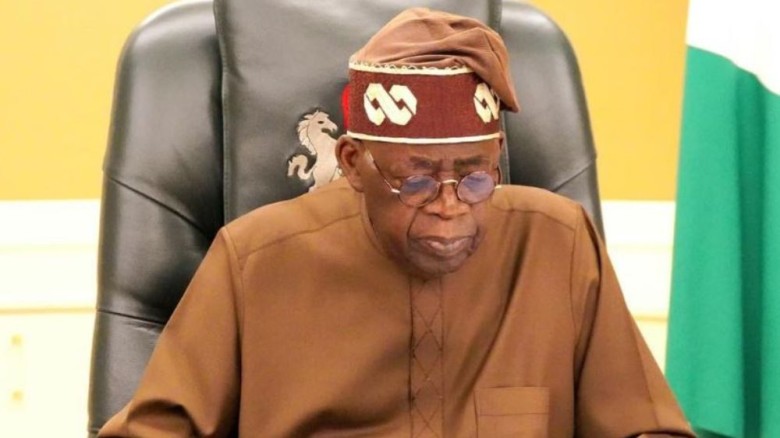

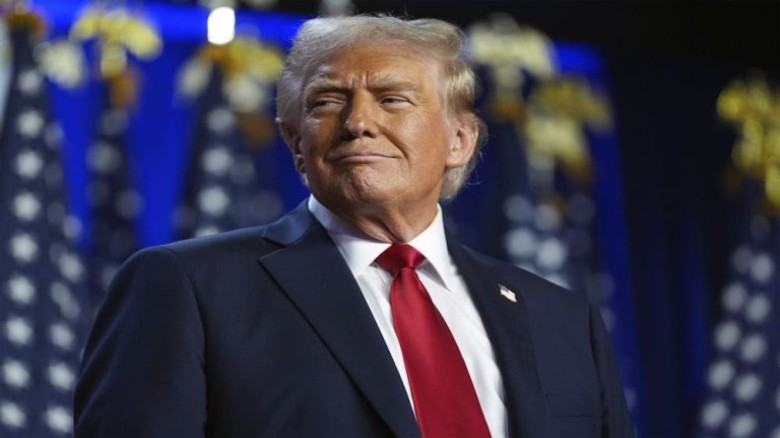



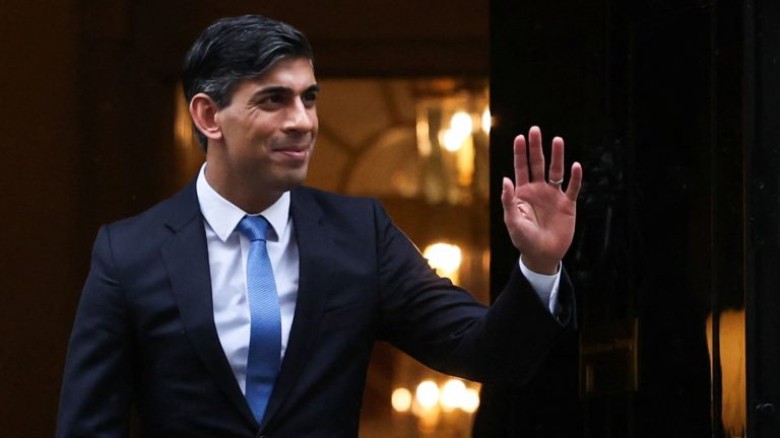

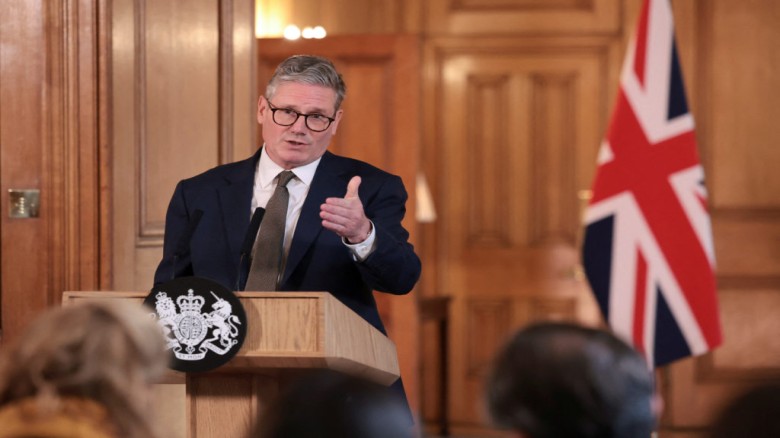





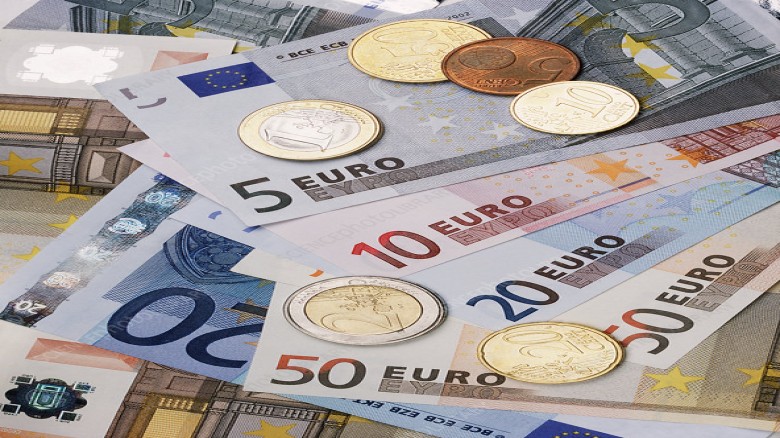






Leave A Comment